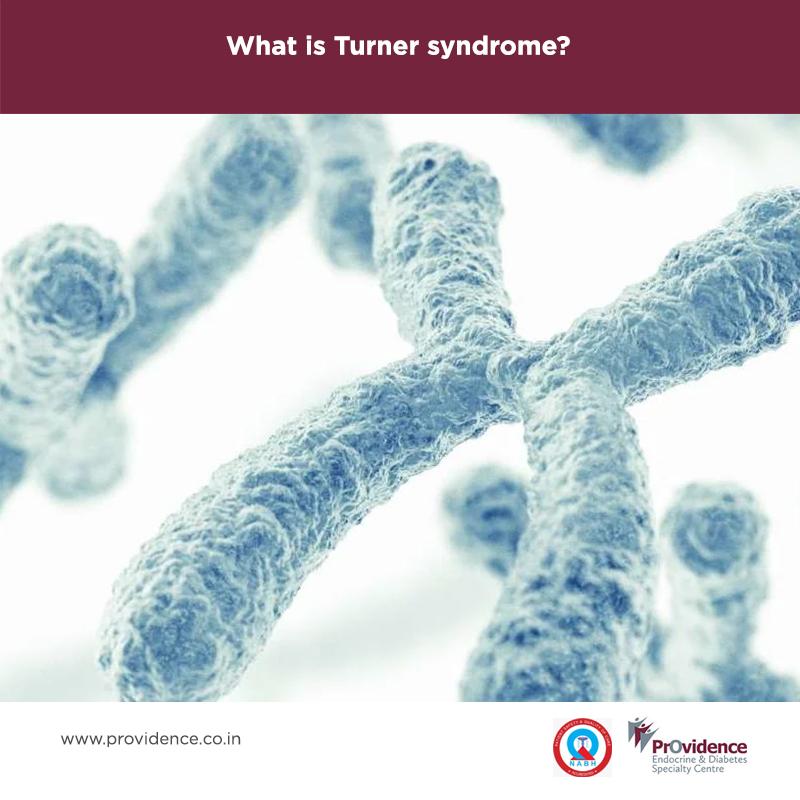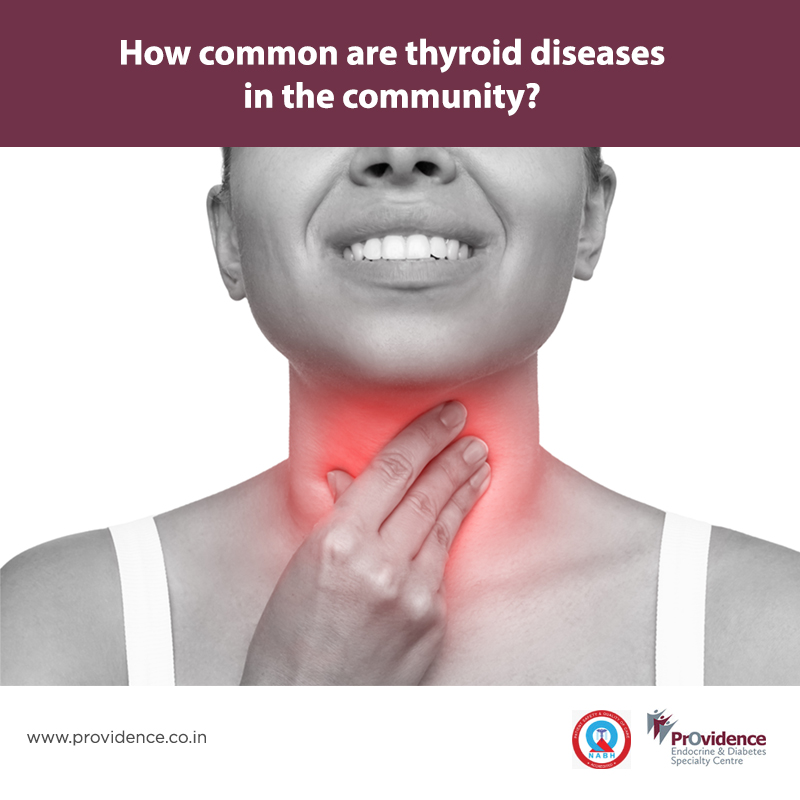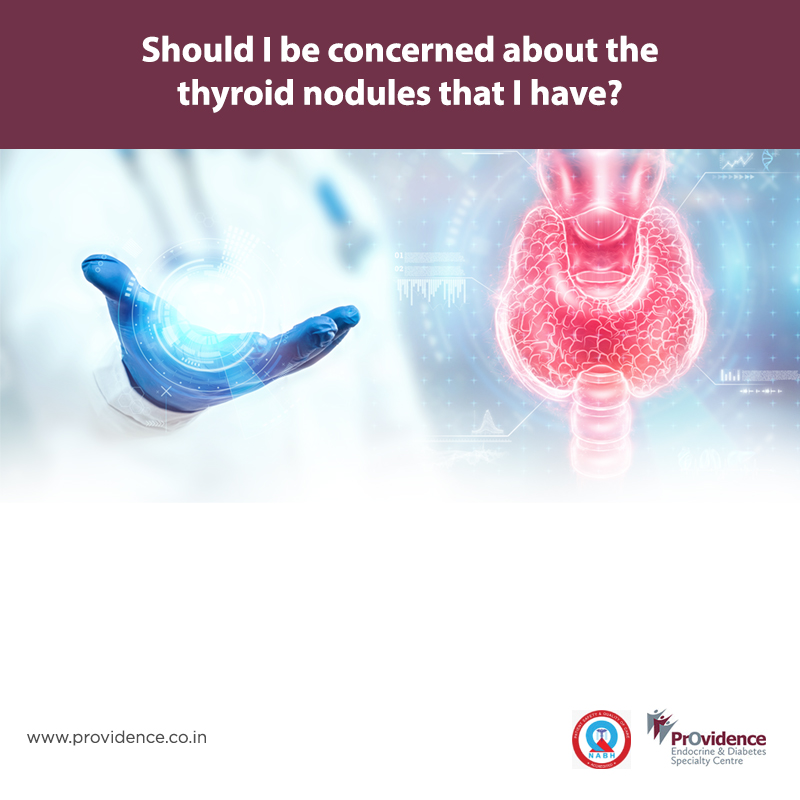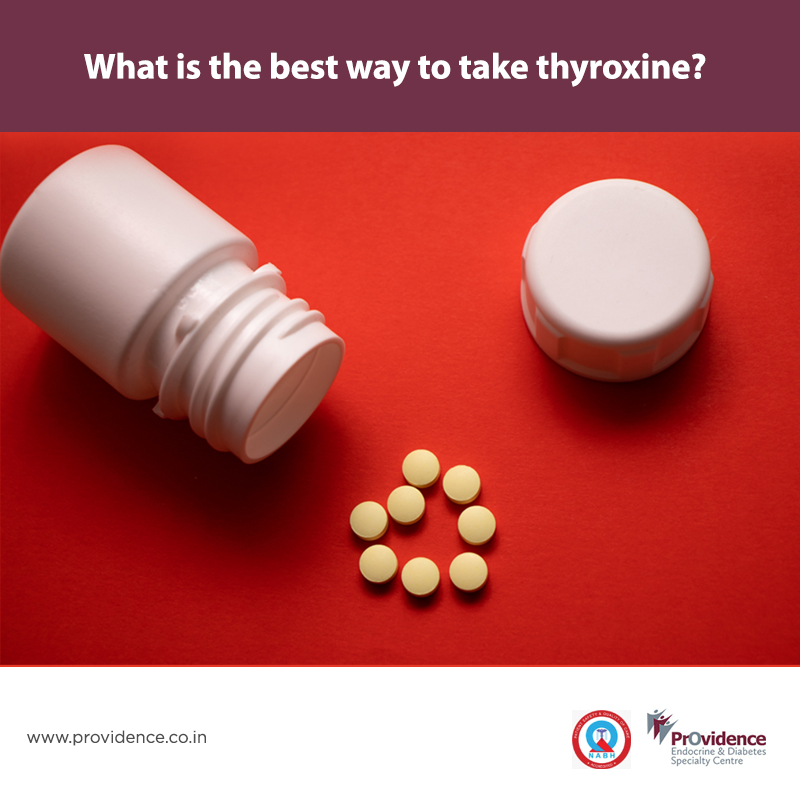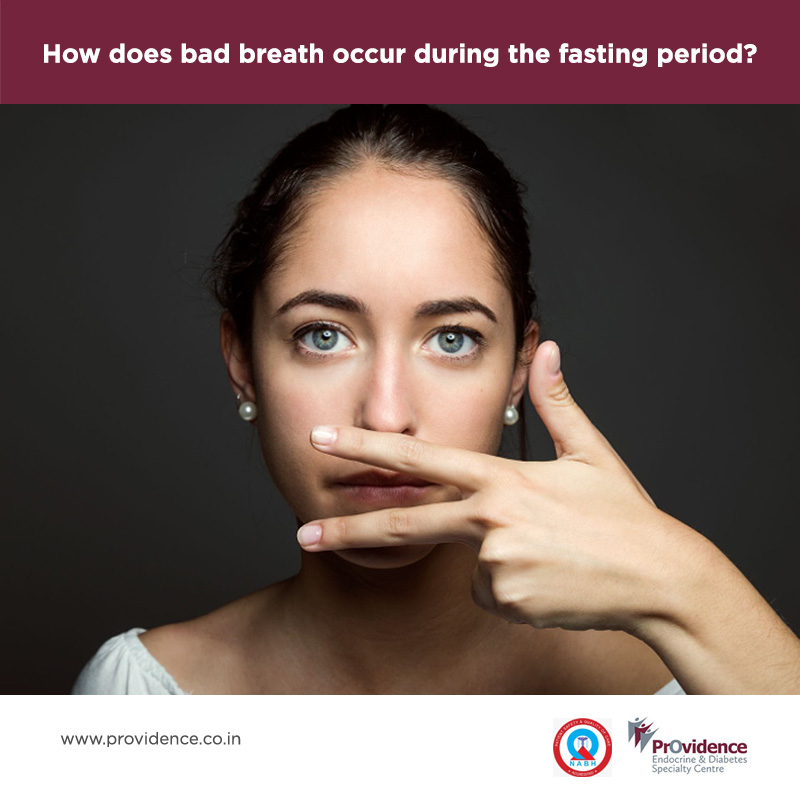Turner syndrome( TS) is a genetic ( not inherited ) condition. It is caused by a full or partial loss of the second female sex chromosome. Therefore, only females can have Turner syndrome. Girls with Turner syndrome are usually identified when they present with short stature or when their menstrual periods do not start on time. Most girls with Turner syndrome will have normal intelligence but may have social immaturity, attention-deficit disorder, and specific learning disabilities. Other distinctive physical features of Turner Syndrome include low-set ears, webbed neck (excess skin on the neck), scoliosis, and fingernails and toenails that turn upward. People with TS can also have problems with the heart, kidneys, thyroid and ears. However, they could look like any short, ordinary girl.
If you feel your child is not growing well, please seek care from an endocrinologist.



